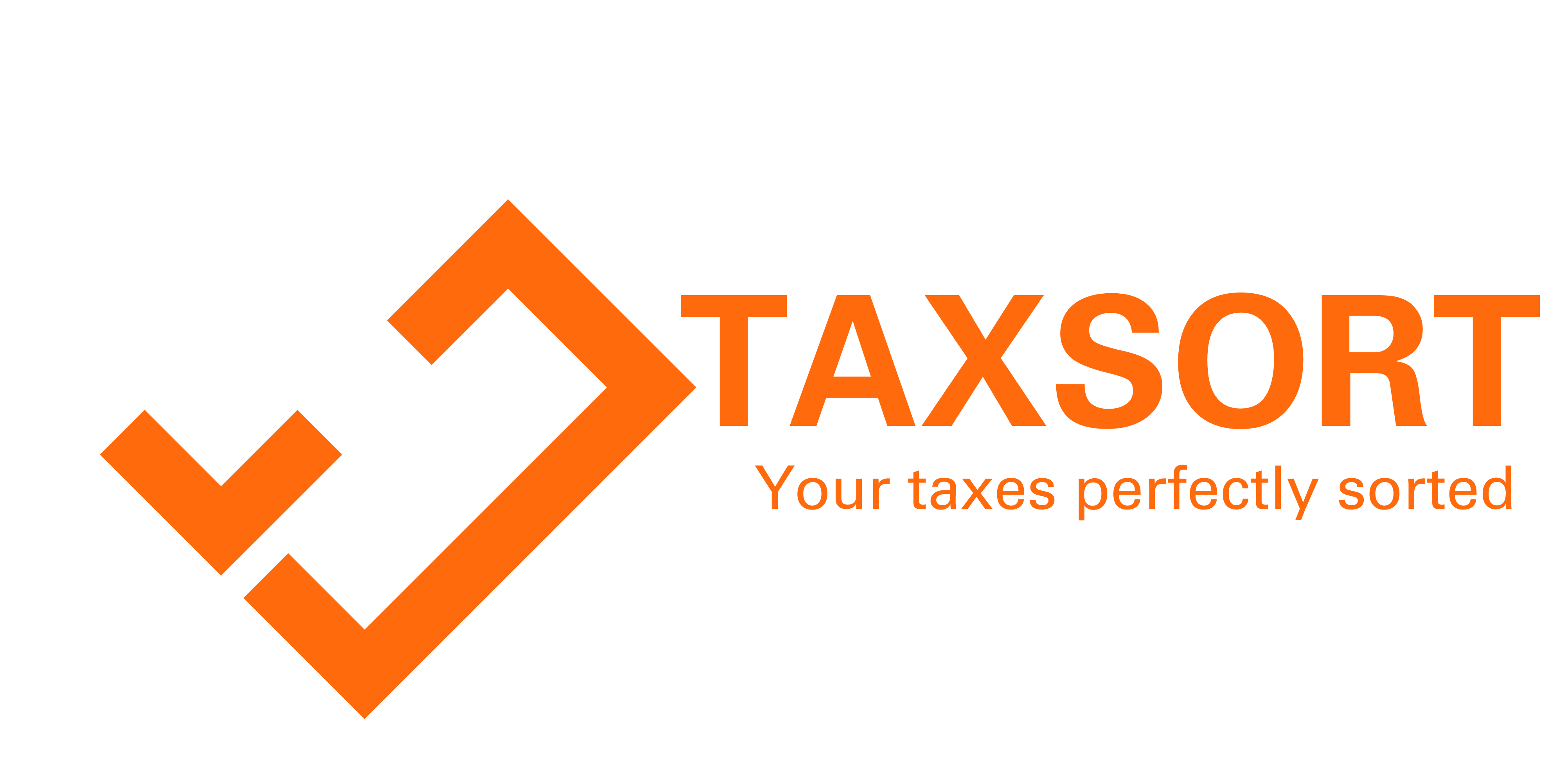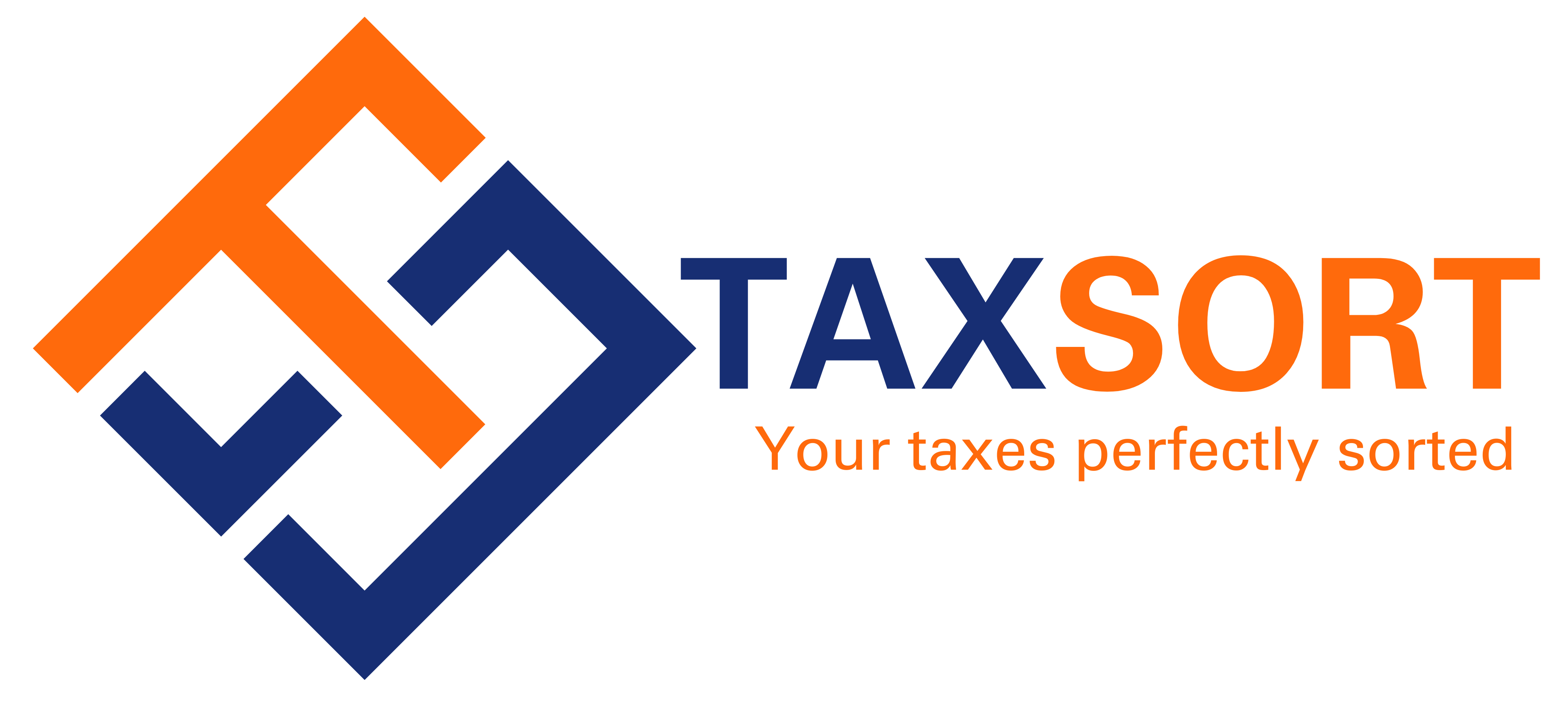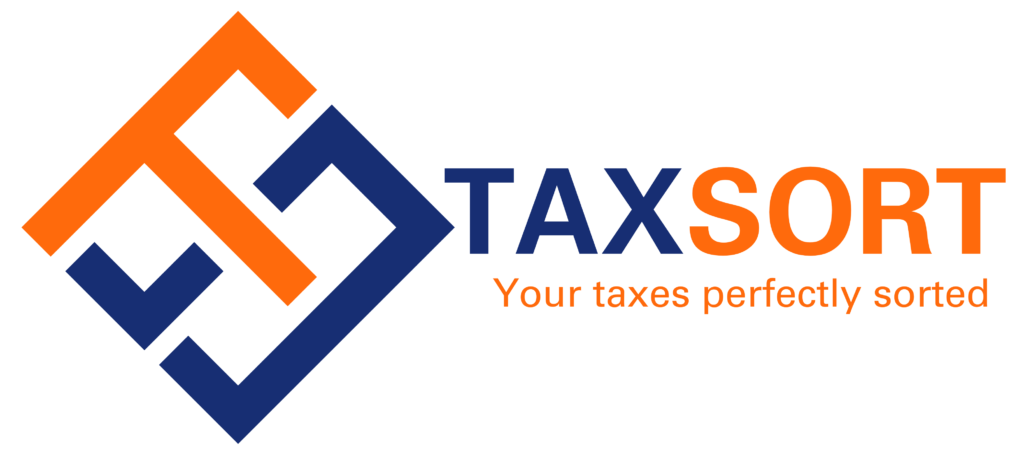Call us now:
What is tax planning?
What is the goal of tax planning to minimize taxes?
- The goal of tax planning is to legally minimize the amount of taxes owed by making use of deductions, credits, and other tax benefits while ensuring compliance with tax laws.
What is tax planning in Kenya?
What are the classifications of taxes in Kenya?
- Taxes in Kenya are classified into direct and indirect taxes. Direct taxes include Income Tax, Corporate Tax, and Capital Gains Tax. Indirect taxes include Value Added Tax (VAT), Excise Duty, and Customs Duty.
How to reduce PAYE tax in Kenya?
- To reduce PAYE (Pay As You Earn) tax in Kenya, individuals can take advantage of tax reliefs such as insurance relief, mortgage interest relief, and personal relief. Contributing to registered pension schemes and claiming allowable deductions for expenses related to income generation can also help reduce PAYE tax.
How do I report tax evasion to KRA?
- To report tax evasion to the Kenya Revenue Authority (KRA), you can use the KRA hotline, email (callcentre@kra.go.ke), or visit the nearest KRA office. You can also report anonymously through the tax system.
Is tax evasion a crime in Kenya?
- Yes, tax evasion is a crime in Kenya. It is punishable by fines, penalties, and imprisonment. The KRA actively pursues individuals and businesses that engage in tax evasion.
What does tax planning include?
What are the variables in tax planning?
- Variables in tax planning include income level, type of income (e.g., salary, business income, investment income), deductions and credits available, timing of income and expenses, tax rates, and changes in tax laws.
What is tax planning most commonly done?
- Tax planning is most commonly done to minimize tax liability, maximize tax benefits, ensure compliance with tax laws, and achieve financial goals such as retirement planning and wealth accumulation.
What is tax planning arrangements?
- Tax planning arrangements refer to the strategies and methods used to manage one’s financial affairs in a way that minimizes tax liability. This can include investment choices, retirement planning, income splitting, and the use of tax shelters and deductions.
What is the taxable amount?
- The taxable amount is the portion of income or revenue that is subject to tax after all allowable deductions, exemptions, and credits have been applied.
What is the difference between tax planning and tax avoidance?
What is the opposite of tax planning?
- The opposite of tax planning is tax neglect, which involves failing to take advantage of available tax benefits and deductions, leading to potentially higher tax liabilities.
What is the difference between tax planning and preparation?
- Tax planning involves strategizing and arranging financial affairs to minimize tax liability within the bounds of the law. Tax preparation, on the other hand, involves the process of preparing and filing tax returns based on the financial information provided.
How to calculate total income?
- Total income is calculated by summing up all sources of income, including salary, business income, rental income, dividends, interest, and any other earnings. From this total, allowable deductions and exemptions are subtracted to determine the taxable income.


